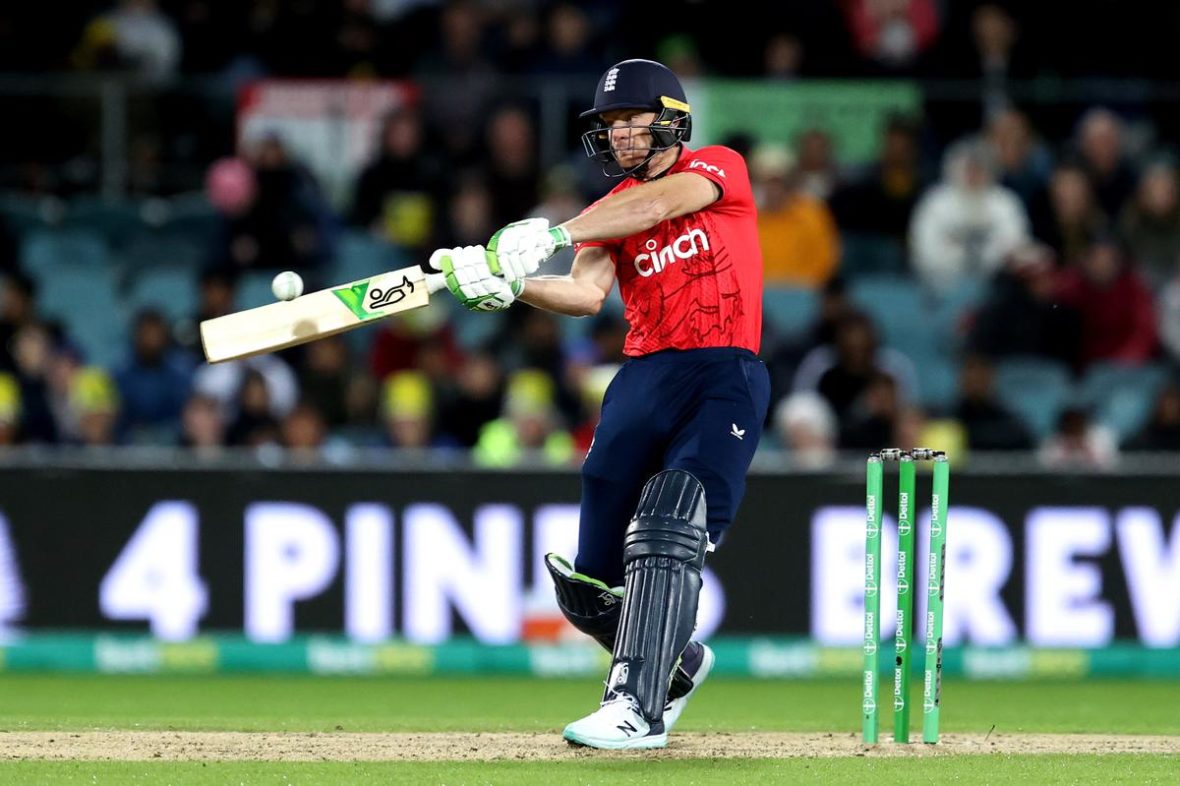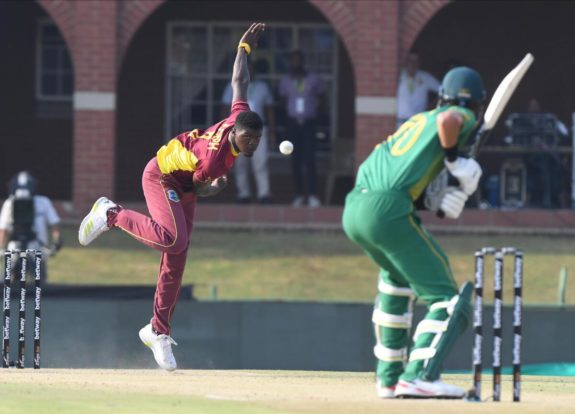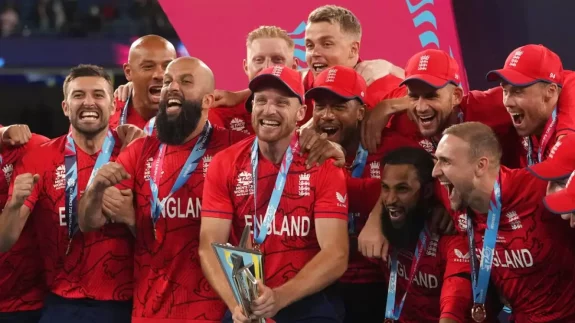India vs Pakistan No-ball Controversy
 Toby Marshall
Toby Marshall
25 October 2022
India vs Pakistan: What experts have to say about the no-ball controversy
India vs Pakistan clashes are ones for the ages, and the latest instalment was no different, with a bit of no-ball controversy thrown in. The arch-rivals produced another mesmerizing and rip-roaring contest as they locked horns with each other at the Melbourne Cricket Ground. Virat Kohli owned the stage by delivering one of the finest knocks in the history of T20I cricket. India had lost the momentum while chasing 160 runs by reeling at 31-4 in 6.1 overs.
However, Chase Master Kohli lambasted the Pakistan bowlers to score not out 82 runs off 53 balls. His 113-run partnership with Hardik Pandya was the defining factor of the match. Meanwhile, the game was marred with controversies as well. The last over of the much-fancied game has become the talking point in the cricket fraternity.
On the fourth ball of the final over, Mohammad Nawaz bowled a high full toss that was deposited to stand by Kohli over deep square. The former Indian skipper believed that it was a waist-height no-ball, and he urged the on-field umpire, Rod Tucker, to signal the same. Pakistan was not in the favor of the decision and had a prolonged discussion. However, in the end, the umpire signaled a no-ball.
It was a debatable decision in the India vs Pakistan game, as the margin of the ball being a no-ball or a legal delivery was considerably low. A lot of Pakistan veterans came forward to slam the umpires for the same, while some even accused Virat of influencing the officiators into making decisions in his favor. Pakistan legends like Shoaib Akhtar, Waqar Younis, Wasim Akram, and Shoaib Malik seemed miffed with the umpires for not consulting the third umpire.
“The ball seemed to dip, but it’s kind of touch and go. To the naked eye, it did not seem like a no-ball, but in slow-motion, it does seem like it dipped. Any batsman will turn and ask for no ball. That’s not his [Kohli]s] fault. Such a big game. You have the technology. Use it. Why flare up things unnecessarily?” Wasim Akram told A Sports.
“When the ball is about waist-high, the square-leg umpire’s first reaction is that he takes his hand out, and extends his right hand. He is an experienced umpire. That’s his natural reaction. But if you look at the replays, (Erasmus) turns around to see the ball. Then after Virat Kohli asked for it,” Younis added.
Meanwhile, the veteran seamer Shoaib Akhtar took a subtle dig by posting a picture on his official Twitter handle. “Umpire bhaiyo, food for thought aaj raat k liye,” Akhtar wrote.
However, if we go by the ICC rules, the on-field umpires did not have the privilege of consulting the third umpire. The rule book states the third umpire will come into the picture only for the front-foot no-balls. Apart from that, other no-balls can only be reviewed if there is a dismissal.
Meanwhile, the delivery following the no-ball also caused a lot of drama. After bowling a no-ball, Nawaz bowled a wide. Thus, he had to bowl the fourth delivery of the over for the third time. The ball managed to uproot the stumps, but it was a free hit and Kohli was saved. After dismantling the stumps, the ball went past the third man, and Kohli and Dinesh Karthik ran for three runs in the middle.
They were crucial runs as following that, India needed only two runs off two balls. However, some believed that the ball should have been declared dead and the three-byes run should not have been counted. Brad Hogg questioned the same on his Twitter handle.
However, there was nothing wrong with Kohli and Karthik running between the wickets. The former umpire Simon Taufel explained the rules stating that “The umpire made the right decision in signaling Byes after the batters ran three following the ball hitting the stumps and rolling down to 3rd man. For a free hit, the striker cannot be out bowled, and therefore the ball is NOT dead on hitting the stumps – the ball is still in play and all conditions under the Laws for Byes are satisfied.”



